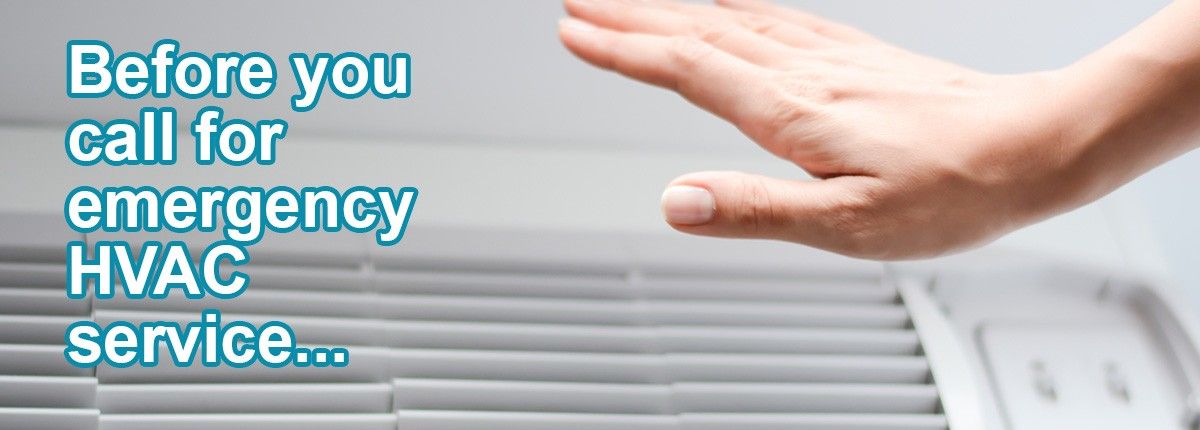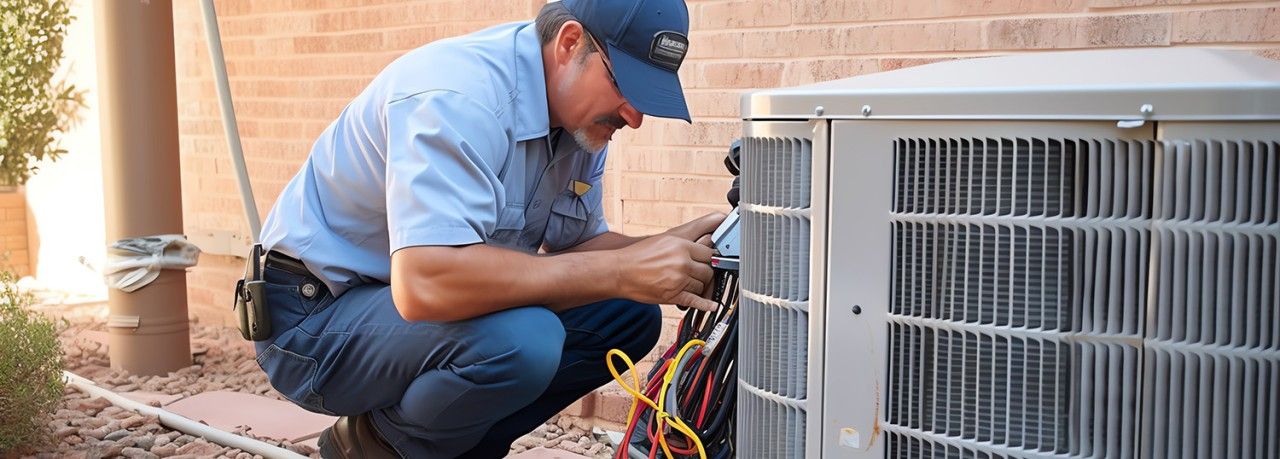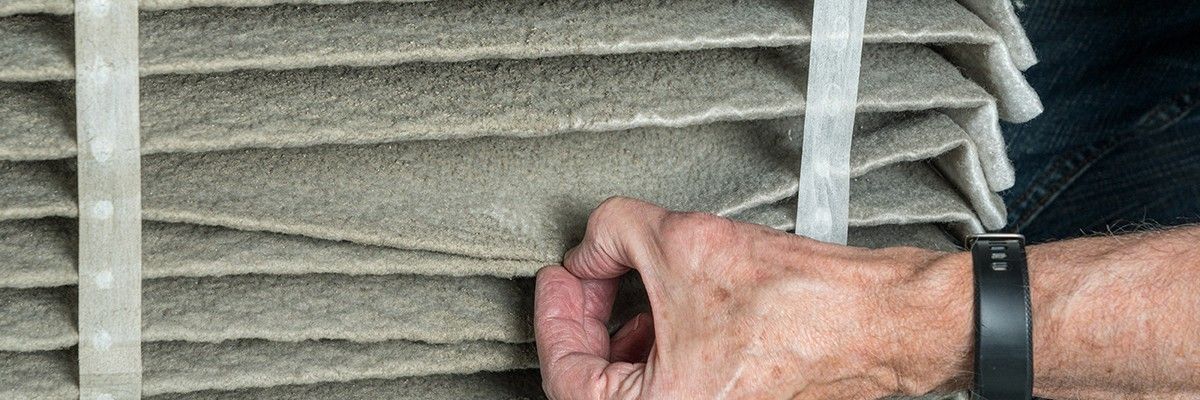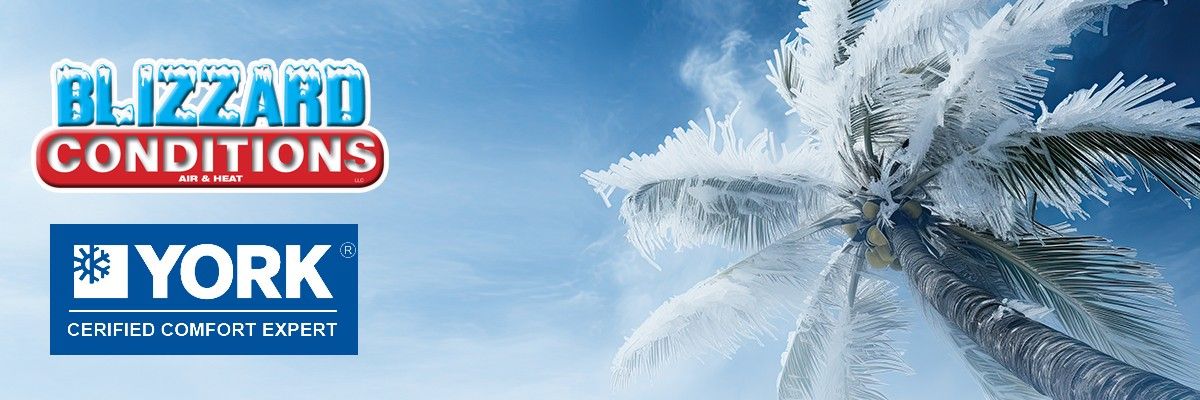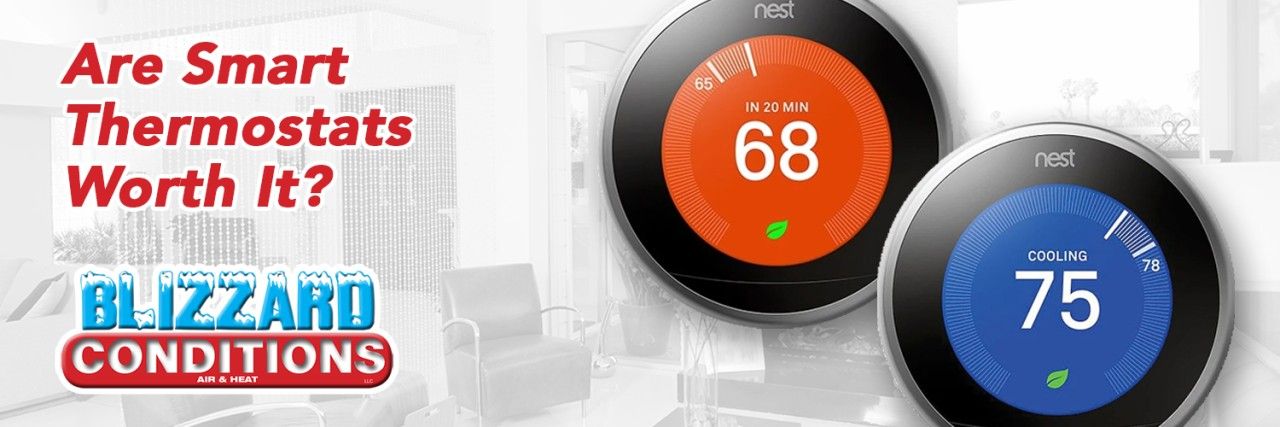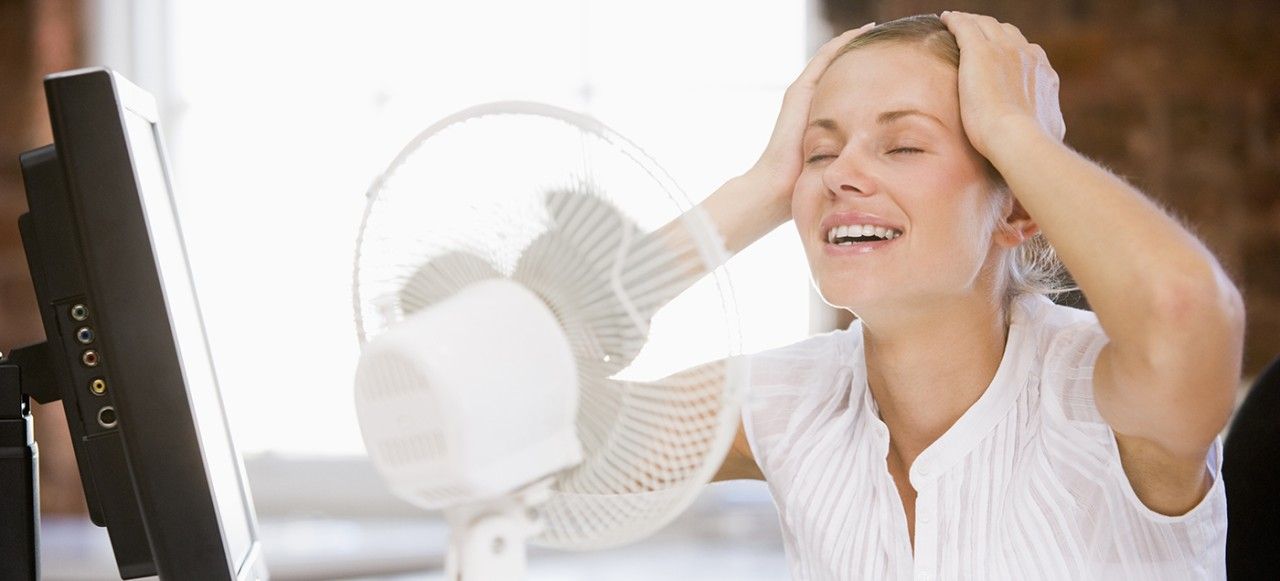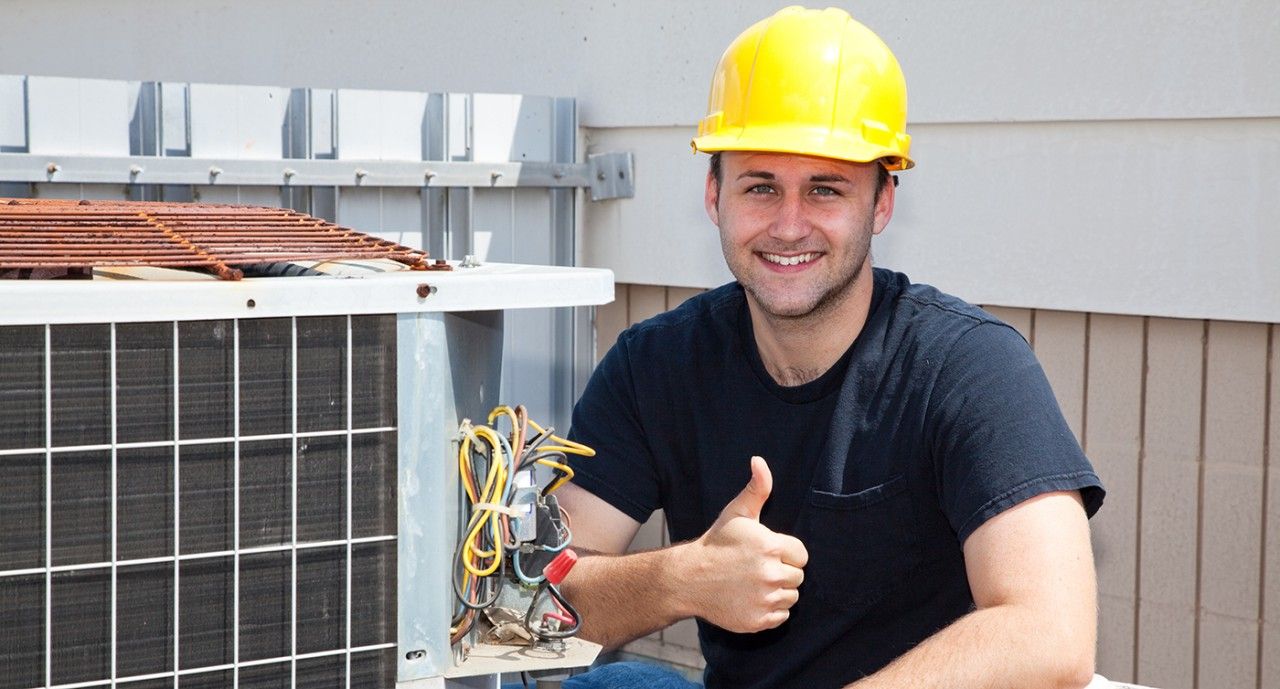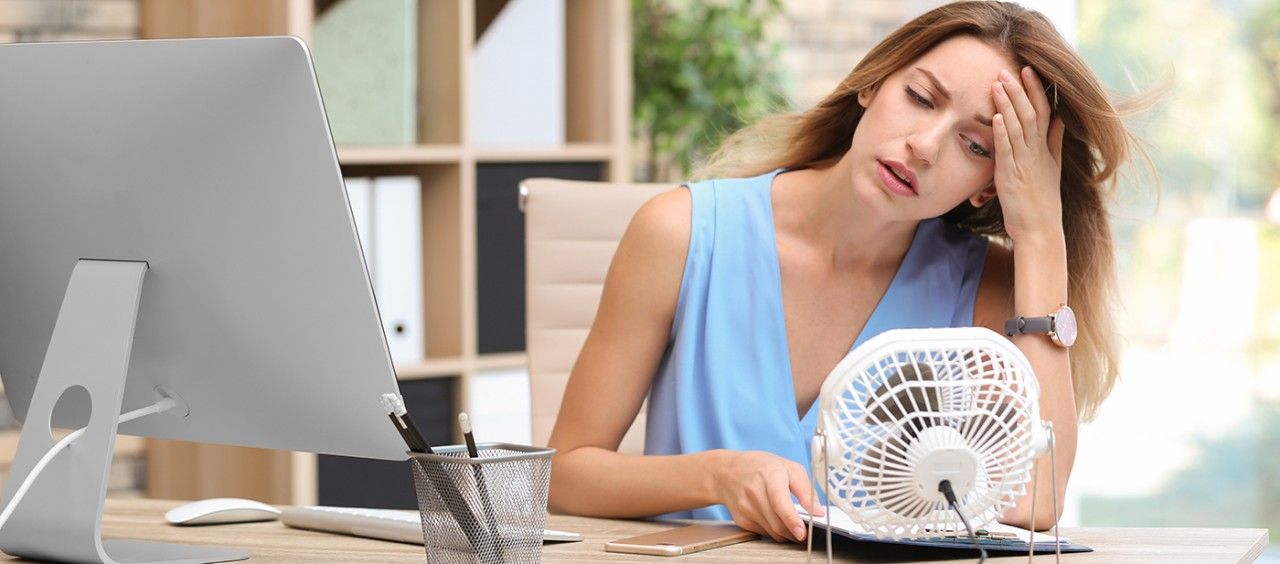Out of sight, out of mind.
For most homeowners in Sarasota, Bradenton, and the Tampa Bay Area, your heating and cooling system is often something that runs in the background, providing comfort without much thought—until something goes wrong. Whether it's a sweltering summer day or a chilly evening, that's when you realize how essential your HVAC system really is.
But what if we told you that a major change is on the horizon in the HVAC industry—one that could affect the way your system operates, the efficiency of your home, and even your energy bills? This shift could also have long-term implications for your family’s comfort, and it’s important to know how it will affect you.
Future AC Installations
As of January 1, 2025, the production of air conditioning and heat pump units using R-410A refrigerant has ended. While R-410A systems can still be installed until December 31, 2025, this shift marks a move toward more environmentally friendly HVAC solutions. Here's what it means for you:
Why Is R-410A Being Phased Out?
The following checklist is a way to help you troubleshoot common HVAC issues before you call for emergency service. It’s practical and can save you both time and money.
Pre-Call Checklist for HVAC Issues
1. Check the Circuit Breaker:
- Action: Ensure the circuit breaker for your HVAC system hasn’t tripped.
- If Tripped: Reset the breaker. If it trips again, there may be an underlying issue that requires professional repair.
2. Verify Thermostat Settings:
- Action: Confirm that your thermostat is set to “Cool” or “Auto.” Set the temperature to a lower setting and wait for at least 5 minutes.
- If Unchanged: Check for any other thermostat issues or battery problems.
3. Power Off Before Inspection:
- Action: Turn off the power to your A/C unit at the breaker before inspecting the machinery or fan assembly.
- Why: This ensures safety and prevents damage while you investigate.
4. Inspect for Obstructions:
There are different types of residential HVAC systems that can keep you cool during the hottest summer months.
Hvac Split System
An HVAC split system refers to a type of heating, ventilation, and air conditioning (HVAC) system commonly used in residential and small commercial buildings. It consists of two main components: an indoor unit and an outdoor unit.
Indoor Unit: This component typically contains the evaporator coil responsible for cooling the air and a fan to circulate the conditioned air throughout the building. In heating mode, it may also contain a heat exchanger or electric heating elements.
Outdoor Unit: Also known as the condensing unit, this part of the system houses the compressor, condenser coil, and a fan. It's responsible for releasing heat absorbed from indoor air during the cooling process to the outdoor environment.
The two units are connected by refrigerant lines, which circulate refrigerant between them. During operation, the indoor unit absorbs heat from indoor air, cooling it down, while the outdoor unit releases this absorbed heat to the outside environment. In heating mode, the process is reversed, with the outdoor unit absorbing heat from the outdoor air and transferring it indoors.
Split systems are popular because they offer flexibility in installation, are relatively easy to maintain, and provide efficient heating and cooling. They're often used in conjunction with ductwork to distribute conditioned air throughout the building.
Hybrid Heat Pump HVAC System
A hybrid heat pump HVAC system combines the functionality of a traditional heat pump with a backup heating source, usually a gas furnace. This combination allows the system to efficiently heat and cool a building in a variety of conditions, maximizing energy efficiency and comfort.
Here's how it typically works:
Heat Pump Functionality: Like a standard heat pump, the system uses refrigerant to transfer heat between the indoors and outdoors. In heating mode, it extracts heat from the outdoor air (even in cold temperatures) and transfers it indoors to warm the building. In cooling mode, it removes heat from indoor air and releases it outside.
Backup Heating: When outdoor temperatures drop too low for the heat pump to operate efficiently, or when there's a high demand for heating, the system switches to the backup heating source, usually a gas furnace. The furnace provides supplemental heat to maintain comfortable indoor temperatures.
Automatic Switching: A control system manages the switching between the heat pump and the furnace based on factors such as outdoor temperature, indoor temperature demand, and energy efficiency considerations. This ensures that the system operates as efficiently as possible while maintaining comfort.
Hybrid heat pump systems offer several advantages:
Energy Efficiency: They can achieve higher energy efficiency compared to traditional heating systems, especially in moderate climates where the heat pump can handle most of the heating load.
Comfort: The backup heating source ensures that the system can effectively heat the building even in extremely cold conditions.
Flexibility: Users can choose between the more efficient heat pump operation or the faster heating provided by the furnace based on their preferences and energy costs.
Using high-quality, properly fitting air filters, and replacing them often, is one of the cheapest and easiest things you can do to extend the life of your HVAC system.
High-quality air filters cost more, but they can easily pay for themselves by improving indoor air quality (IAQ), reducing the likelihood of expensive repairs, and improving your system’s efficiency and performance. In fact, it’s estimated that a clean, high-quality air filter can reduce your air conditioner’s energy consumption by as much as 16 percent!
The basic function of any air filter is to trap dust, pollen, mold spores, and other airborne particles in its fibers. As filters age and deteriorate, they lose the ability to trap new particles, and they can release those same fibers and other debris into your system.
Higher-quality air filters will trap more particles, this is particularly important if you suffer from allergies or a respiratory condition like asthma or COPD, but a higher MERV rating is no substitute for a properly fitting filter that is changed regularly, and you can overdo it. A higher MERV rating means less airflow, which can damage your HVAC system.
When any air filter becomes clogged, air will bypass the filter and contaminate the evaporator coil, thereby reducing the coil’s heat absorbing capacity. In other words, your air conditioning system will have to work harder to cool your home, resulting in unnecessary wear and tear, higher energy bills, and lower indoor air quality.
Exactly how often you should clean or replace your filter depends on your environment and the type of filter, most residential filters aren’t designed to be cleaned. If you smoke in your home, or you have long-haired pets, you may want to change your filter more often.
Like with most things, it depends…
The main job of any air filter is to trap dust, pollen, pet dander, and other airborne particles in its fibers. This keeps the air you breathe, and your system’s evaporator coil, clean.
Higher-quality filters will trap more of those nasty particles, which is particularly important for people who suffer from allergies or respiratory conditions like asthma, but a higher MERV rating is no substitute for a clean, properly fitting air filter, and a higher MERV rating also means smaller holes, which can restrict airflow and damage your system.
The Minimum Efficiency Reporting Value (MERV) is designed to help you balance your Indoor Air Quality (IAQ) needs with your energy efficiency needs, so don’t overdo it...
The recommended MERV rating for home use is 8 to 13.
Keep in mind that, when an air filter becomes clogged, air will bypass the filter and contaminate the evaporator coil, thereby reducing the coil’s heat absorbing capacity. In other words, your HVAC system will have to work harder to cool your home, resulting in unnecessary wear and tear, and higher energy bills.
Buying an HVAC system during the winter in Florida can offer some advantages.
Winter in Florida isn’t the peak season for installations. This could result in quicker scheduling and possibly lower labor costs. And if you are having ductwork replaced, the HVAC technicians will appreciate not having to work in a 130 degree attic!
If you wait until the peak of summer to buy an HVAC system, you may experience longer wait times for installation and potentially higher costs due to increased demand.
Purchasing an HVAC system during the winter months allows you to be prepared for the upcoming hot and humid seasons. You can ensure your home is equipped with a reliable and efficient cooling system before the demand increases.
Upgrading to a newer, more energy-efficient HVAC system can still provide cost savings on energy bills, even in a warm climate like Florida.
Before making a purchase, it's crucial to assess your current system's condition, research different models, and consult with HVAC professionals to determine the best solution for your specific needs and budget.
Let’s begin by defining our terms… There are 3 basic types of thermostats: Manual Thermostats, Programmable Thermostats, and Smart Thermostats.
Manual Thermostats, the kind you might find in a hotel room or a very old home, allow you to manually set the temperature – that is all. They’re inexpensive, but they’re not especially precise or energy efficient. Programable Thermostats, a giant improvement over Manual Thermostats, automatically adjust the temperature based on a pre-set schedule – if you take advantage of that feature.
So what makes a thermostat “smart” and are they worth the added upfront cost?
Whether it’s a thermostat, washing machine, TV or blender, the “smart” prefix simply means that the device is Wi-Fi enabled so it can connect to an app on your smartphone or tablet.
The most basic Smart Thermostats just allow you to adjust the temperature remotely. This means that you can set the thermostat to your desired temperature before leaving work for the day or on your way home from the airport after a vacation or business trip, while maintaining an energy-saving temperature while you’re away from home. Conversely, if you realize on day 3 of your vacation that you didn’t turn up the thermostat before leaving, you can correct that mistake from anywhere in the world.
Compact Design With Expansive Flexibility
The YORK® HMH7 heat pump is the ideal solution for spaces that require a compact design, but without any compromise to comfort or efficiency. Enjoy a higher level of efficiency and increased comfort in a small package.
Unlike vertical heat pumps, which discharge air out the top of the unit, these compact systems discharge air and sound horizontally away from the home, offering many benefits to homeowners. Horizontal discharge systems offer enhanced value and performance in certain applications and installations where space is a premium, yet can be applied in any standard installations as well.
The HMH7 heat pumps operate at up to 18 SEER and up to 10.5 HSPF. The units’ inverter systems continually adjust to outside conditions, avoiding energy spikes and enhancing system longevity while lowering energy Bills.
The YORK HMH7 heat pump has a 40% smaller footprint, greater clearance, and greater setback flexibility than traditional vertical discharge pumps.
36% quieter operating sound - Innovative fan design creates less vibration and provides quieter operation.
If your system is not performing as it should, our certified technicians can handle all your repair needs and help you identify when it's time for a new system.
Signs that your cooling system needs repair include:
- Warm air coming from the vents or air handler
- Exceptionally high bills for no reason
- Poor air flow
- Strange odors
- Loud or unusual noises
- System is unresponsive to the thermostat
- Cycling on and off
- Excess humidity in your home or office
- Leaks from the outdoor unit
If a problem sneaks up on you and you need emergency cooling repair, call 941.961.2846!
Blizzard Conditions Air & Heat provides quality HVAC Repair, Installation & Maintenance at fair prices to Commercial & Residential Customers throughout Sarasota and Manatee counties.
Heat Pumps efficiently transfer heat from one location to another.
They are commonly used for heating and cooling purposes in homes, commercial buildings, and industrial settings. Heat pumps are known for their energy efficiency and versatility because they can both heat and cool spaces.
Heat pumps work by transferring heat from a source to a sink. They move thermal energy from a colder space to a warmer space. In heating mode, they extract heat from the outdoor air and release it inside the building. In cooling mode, the process is reversed, and they remove heat from the indoor space and release it outside. Because heat pumps are transferring heat rather than generating heat, they’re an energy-efficient and environmentally friendly alternative to traditional furnaces and air conditioner.
In fact, studies show that switching from a traditional furnaces and air conditioner to a heat pump saves the average U.S. household $557 per year on heating and cooling and produces 3 metric tons less of carbon emissions per year – this is a nearly equivalent to giving up your car!
Like central air conditioners, heat pumps have two main components, an indoor air handler and an outdoor unit with a compressor that circulates refrigerant that absorbs and releases heat as it travels between the indoor and outdoor units.
So how do they work? When cooling your home, heat pumps work in much the same way as a traditional air conditioning system (or your refrigerator); a refrigerant absorbs the heat inside your home and transfers it outside. That said, they do a much better job of dehumidifying your home, so they use less energy to cool your home in the summer months.
We provide on-call Air Conditioning Repair Service 7 days a week. One of our trained technicians is on call each night and will respond in a prompt manner if the need for an emergency repair service arises.
Before you call
Going through this checklist can help you avoid an unnecessary "Emergency" call. You can also refer to our FAQ (Frequently Asked Questions) page for more details.
- Check your circuit breaker to make sure it has not tripped. If the breaker had tripped and it re-trips when you reset it - then call for repair service.
- Make sure the thermostat is set correctly, switched to "Cool" or "Auto" and leave the temperature setting on low for at least 5 minutes.
- Turn the power to the A/C unit OFF before poking around the machinery or fan assembly!
- If your A/C was running fine and now is making a loud clanking sound, make sure that a Florida critter, branch or twig has not dropped into the fan assembly.
- Don’t laugh at this next one! Have you had a power failure? It happens and sometimes you just don’t realize it...
If you've gone through this list and your AC still isn't working - give us a call. Blizzard Conditions Air & Heat 941.961.2846


